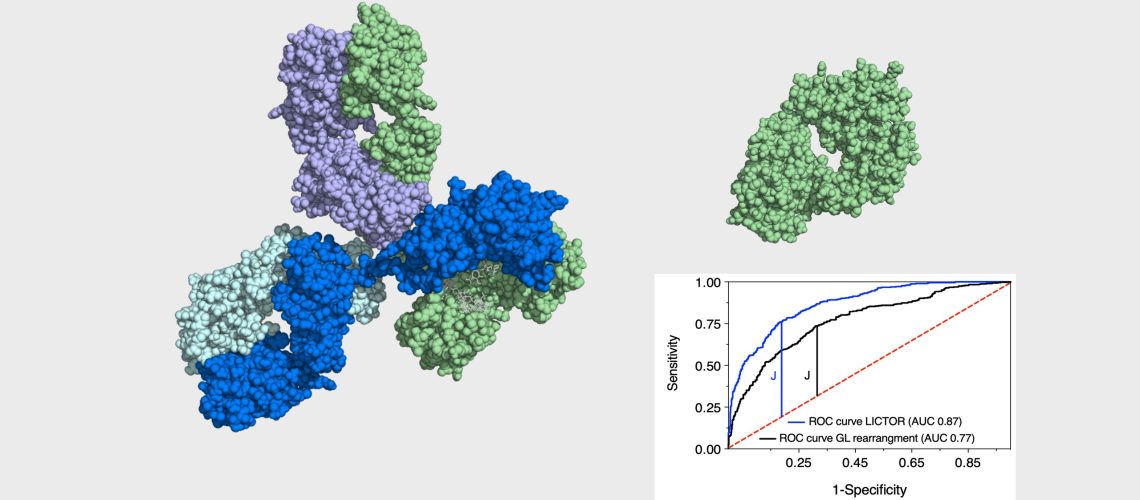Systemic light-chain amyloidosis (AL) is the most common form of a group of diseases associated with protein misfolding, leading to deposition of insoluble structures in different organs. Due to the AL non-specific symptoms, an early diagnosis is often not possible. Nevertheless, a prompt detection is essential to prevent organ failure and death.
A study published in the renowned scientific journal Nature communications reports about an innovative computational method, which can predict toxic protein characteristics, thus anticipating AL diagnosis and improving patients’ prognosis.
Background
Systemic light-chain amyloidosis (AL) is a protein disorder in which plasma cells start producing abnormal quantities of specific proteins, called “immunoglobulin free light chains (LCs)”. LCs change their shape (misfold) and stick to each other, generating toxic aggregates, and amyloid fibrils, which are solid structures, resistant to degradation. Amyloid fibrils accumulate in target organs, leading to fatal organ dysfunction and death.
The kidney and heart are the most affected sites, with the latter bearing the worst prognosis. Symptoms of AL are non-specific and usually reflect advanced organ involvement, thus, making current treatments not efficient. Additionally, a reliable method to allow an early diagnosis was until today not available.
Discovery
In the study conducted by the group of Dr. Andrea Cavalli at the Institute for Research in Biomedicine in Bellinzona (IRB, affiliated to USI Università della Svizzera italiana), Maura Garofalo and coworkers developed a computational tool that can predict the toxicity of different LCs, named LICTOR (Light Chain Toxicity predictoR). This method is based on the fact that different LCs present a particular distribution of somatic mutations, which is responsible of the eventual LC toxicity. As shown in this study, in sporadic occasions these mutations can be detrimental and lead to the production of toxic misfolded proteins. The goal of LICTOR is to compare the mutation distribution among different LCs, predicting which one could be associated to toxic forms of the proteins. With an accuracy of 80%, LICTOR represents a powerful tool for the early diagnosis of AL, thus improving patient’s prognosis.
The study, supported by the SNSF, and has been published in Nature Communications on June 10, 2021.
Article
Machine learning analyses of antibody somatic mutations predict immunoglobulin light chain toxicity.
Garofalo M., Piccoli L., Romeo M., Barzago M. M., Ravasio S., Foglierini M., Matkovic M., Sgrignani J., De Gasparo R., Prunotto M., Varani L., Diomede L., Michielin O., Lanzavecchia A. and Cavalli A.
Nature Communications 2021; 12:3532. DOI: 10.1038/s41467-021-23880-9.

Toxic mutations in light chains identified by LICTOR









